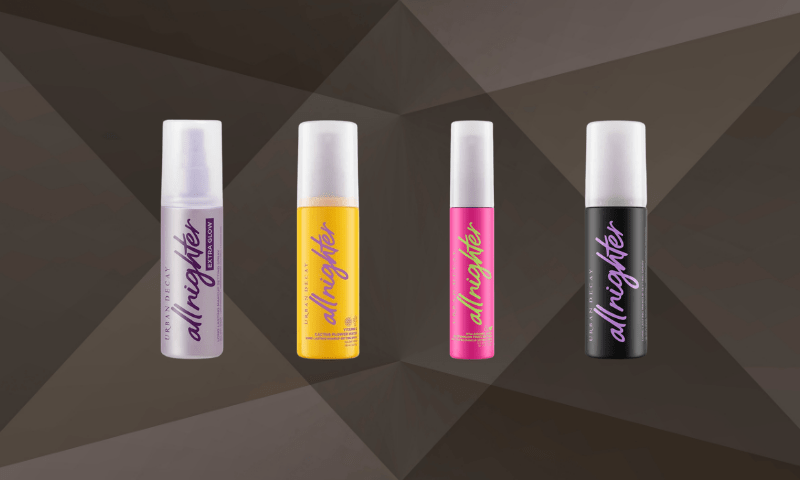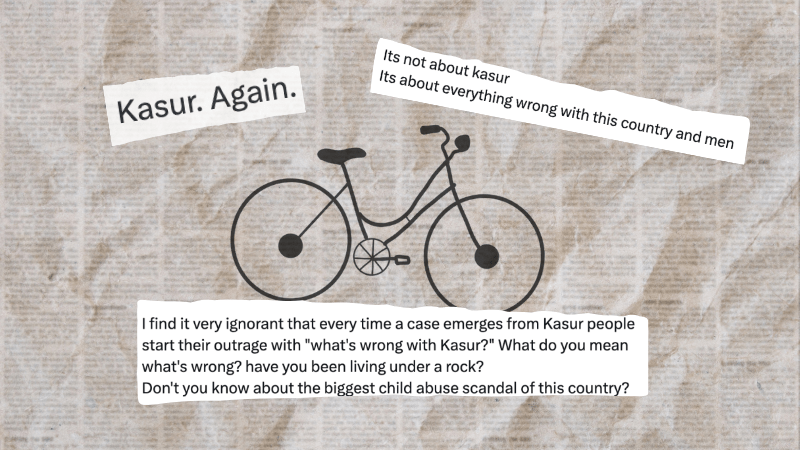Healing colours: Art therapy helps the young resolve issues they can't explain
Imagine you're in a room filled with a wide range of art materials. Next, you are given a blank piece of paper and told to “draw anything that you like, just remember there is no right or wrong”.
You sit there thinking that the last time you drew something was in primary school and you question why you are in an art therapy (AT) session in the first place.
Then the words ”there is no right or wrong” come back to you. You hesitantly pick up a pencil and begin to make marks on the paper. This is your introduction to an art therapy session.
What is art therapy?
Of course, the above vignette is just a sneak peek into an AT session, but the reason I mention it is to clear a few common misunderstandings about the discipline.
AT is not an art class; therefore, the client seeking it need not have any prior art skills.
The person who guides the client through the process is a psychotherapist who has been through rigorous training in the discipline of psychology, art therapy, clinical practice and is usually certified by a credentialed board.
The therapist helps the client express his/her inner self or sub-conscious through a creative route, the end product of which is the client’s artwork.
The therapist does not interpret the client’s images. Instead,he/she facilitates the latter to glean insight from them. Last but not least, the ther apist ensures the psychoemotional safety of the client whilst working towards a resolution of the issue at hand.
The origins of AT
Art therapy began to grow as a discipline in the mid-20th century. Although it is rooted in psychoanalysis, commonly associated with the works of Sigmund Freud, it has since come a long way and become an established practice in its own right.
Keeping pace with the changing face of psychodynamic psychology as well as borrowing from other related fields, AT has developed into a sought after mode of treatment. While it is practiced widely in the West , AT is slowly planting its roots in Asia, especially Singapore where a world class Masters programme is offered.
Success stories
Teo understands divorce
During my stint at the Ministry of Social and Family Development, Singapore, I had a 9-year-old patient called Teo, who was suffering from severe anxiety,
His parents were going through a divorce, and he suddenly found himself living with one set of grandparents.
Drawing helped Teo process his parents' divorce; his artwork illustrated his confusion and insecurity regarding his situation. Working through the metaphors in his artwork, Teo was assured that he was loved and safe, despite the change in his life.

Ali finds his voice
Ali, who has autism, was non-verbal at 12. He suffered from severe anxiety and would indulge in self-harm when upset or frustrated. He would strike things or bang his head on hard surfaces when something bothered him.
Ali received art therapy for a year, during which his anxiety lessened significantly.
His favourite activity was applying layers of paint on large pieces of paper and pouring coloured sand on them.
The medium of paint has the inherent capacity to bring deepseated emotions to the surface. Ali's choice of palette seemed to reflect his moods.
After a few months of AT, Ali, who was unabe to sit in a place for more than a minute at the beginning of his therapy, was able to make art 20 minutes at a time. His hitting and head banging became almost negligible during the art therapy sessions.

Raissa makes new friends
According to Tina, whose 12-year-old daughter received art therapy in a group for social skills development, “As a mother of a child on the Autism Spectrum, social skills is one of the areas that we are always struggling with."
She continued, "It's not that our children don't want to make any friends, they just don't know how. My daughter, Raissa, now 13 years old faces the same problem. Raissa loves art and she wants to have friends. She has been a part of a social skills art therapy group and now she's willing to make the effort to be more social and the best part is that she initiates playdates with her classmates!”
Applications of AT
AT can be used for a wide range of problems, from minor psychoemotional ones to serious mental health conditions such as depression, anxiety, trauma, loss, grief as well as developmental issues and disabilities.
Due to its large scope and adaptability to the specific needs of an individual, it is suitable for all ages from 3 years and up. It can be conducted in groups as well as individually.
As an art therapist, I have worked with children suffering from abuse, trauma, low self-esteem, depression, Autism Spectrum Disorders and developmental disabilities. I find that children respond particularly well to it since they are naturally creative and uninhibited in their internal expression.
AT is a safe and non-confrontational mode of treatment where the therapist can work indirectly through metaphors and symbols in the client’s artwork. It accesses the subconscious and brings out into the open issues that the client may not be aware of as in the case of most children who may have little or no insight into their problems.
Due to its multi-sensory nature (using all the bodily senses), AT can also be used for developmental purposes as well as for sensory dysfunction and self-regulation.
Last but certainly not least… It's fun!













Comments